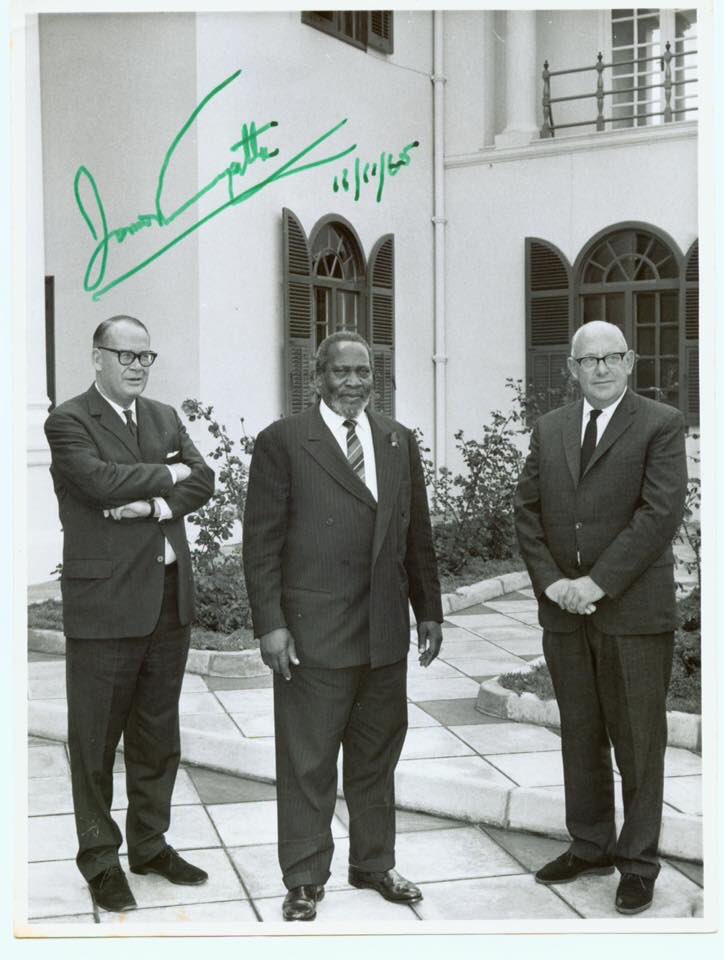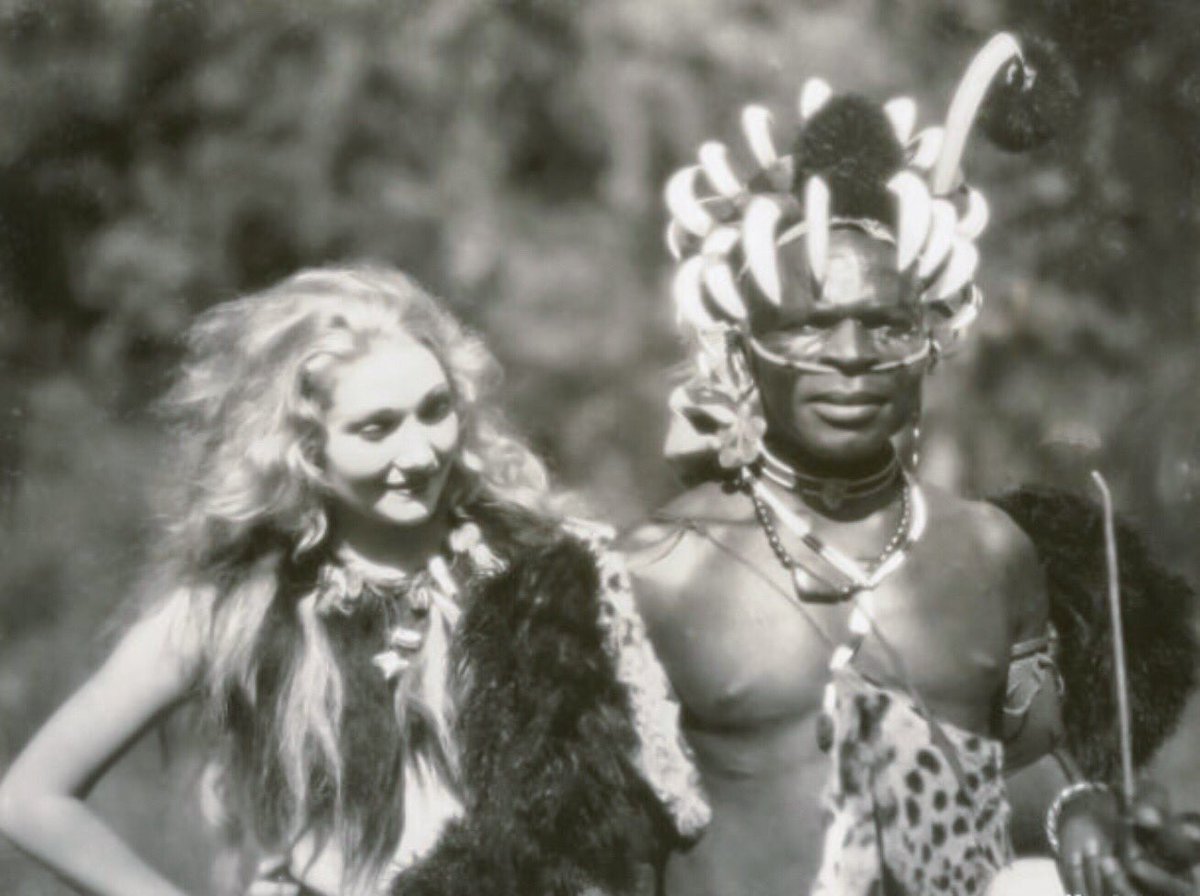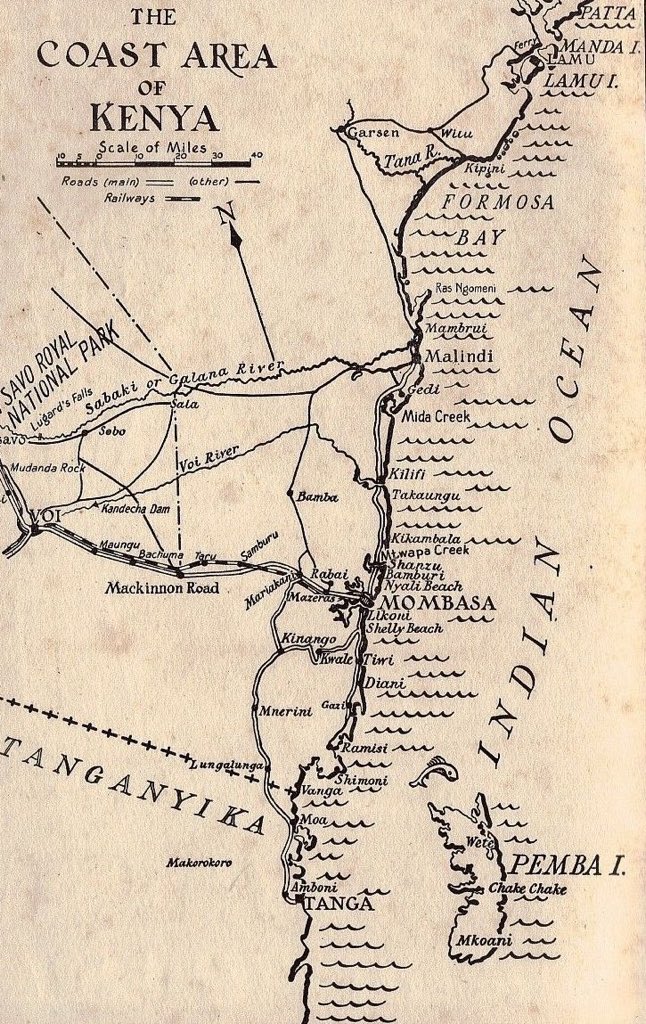This is a note that Mzee Jomo Kenyatta wrote whilst living in England to dedicate his book, My People of Kikuyu, to his landlord, Mr. A.G. Linfield.

"If the colonial government refuses to hear or see the emissaries of the discontented", Mzee warned, "it would only drive them into violent methods...."
Mzee felt the book had helped in a big way articulate in the west the grievances that Africans had with....
Mzee's amiable personality endeared him to the workforce. Many locals also found him to be an interesting and gregarious chap.
When Edna's parents were both killed in an air raid in May 1941, Mzee Kenyatta instinctively offered her much emotional support and sympathy.
On 11th August 1943, their son, Peter Magana, was born at Worthing Hospital in Sussex. Peter was named after Mzee Kenyatta's grandfather.




















